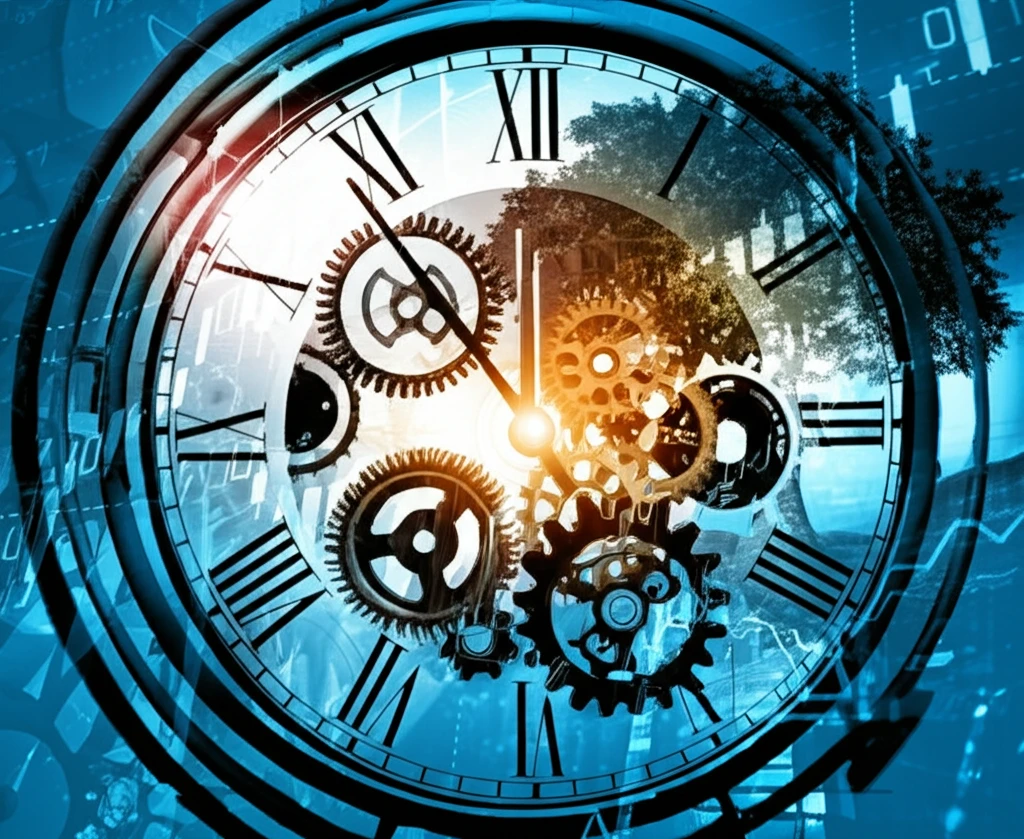
Unlocking the Secrets of Dynamic Systems: A Journey Through Delay and Applications
"Delving into the complexities of systems that evolve over time, influenced by past events and future possibilities."
Dynamic systems are all around us, from the ticking of a clock to the fluctuations of the stock market. These systems evolve over time, often in predictable ways, but sometimes with surprising twists and turns. Understanding how these systems work is crucial for making informed decisions and predicting future outcomes. One particularly interesting aspect of dynamic systems is the concept of 'delay,' where past events influence the present state. This delay can create complex feedback loops and unexpected behaviors.
Imagine trying to steer a ship, but the wheel responds with a slight delay. You'd need to anticipate the ship's movements and adjust your course accordingly. Similarly, in economics, decisions made today might not affect the market until weeks or months later. This delay makes it essential to use mathematical models that account for past events when forecasting future trends.
This article will delve into the world of dynamic systems with delay, exploring how these systems are modeled, analyzed, and applied in various fields. We'll uncover the mathematical tools used to understand their behavior and examine real-world examples where delay plays a crucial role.
Modeling the Dance of Time: How Delays Shape Dynamic Systems

At the heart of understanding dynamic systems with delay lies the mathematical model. These models use equations to describe how the system's state changes over time, taking into account past events. The basic equation often looks something like this: x(n+1) = f(x(n), x(n-m), a), where x(n) represents the system's state at time n, x(n-m) represents the state m units of time in the past, 'a' represents external factors or parameters and 'f' represents the relationship.
- Modeling the process with a mathematical description.
- Determining the equilibrium points of the system.
- Analyzing the stability of these equilibrium points.
- Identifying critical parameters that cause changes in behavior.
The Power of Prediction: Applying Dynamic Systems to Real-World Challenges
The study of dynamic systems with delay isn't just an academic exercise; it has practical applications in a wide range of fields. From economics to engineering, these models help us understand and predict the behavior of complex systems, allowing us to make better decisions and solve real-world problems. By embracing these mathematical tools, we can unlock new insights and create a more predictable, resilient future.
